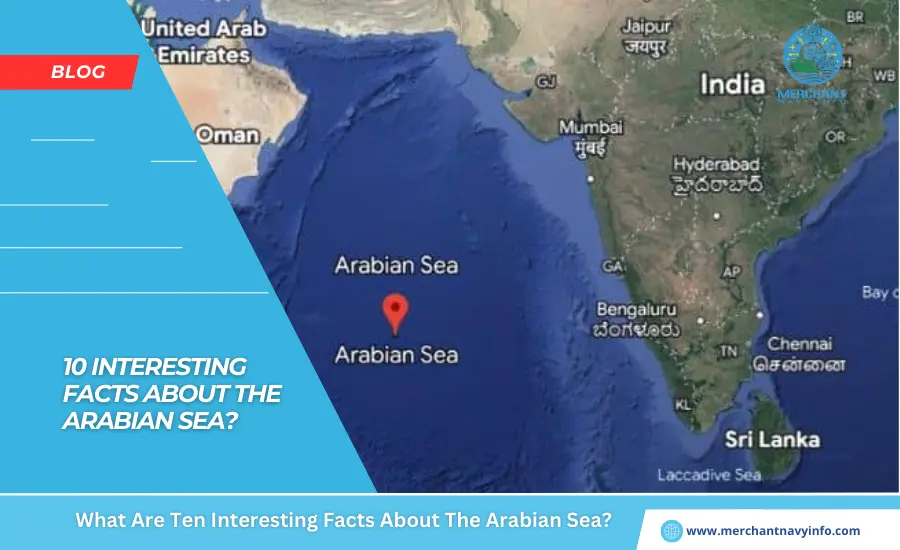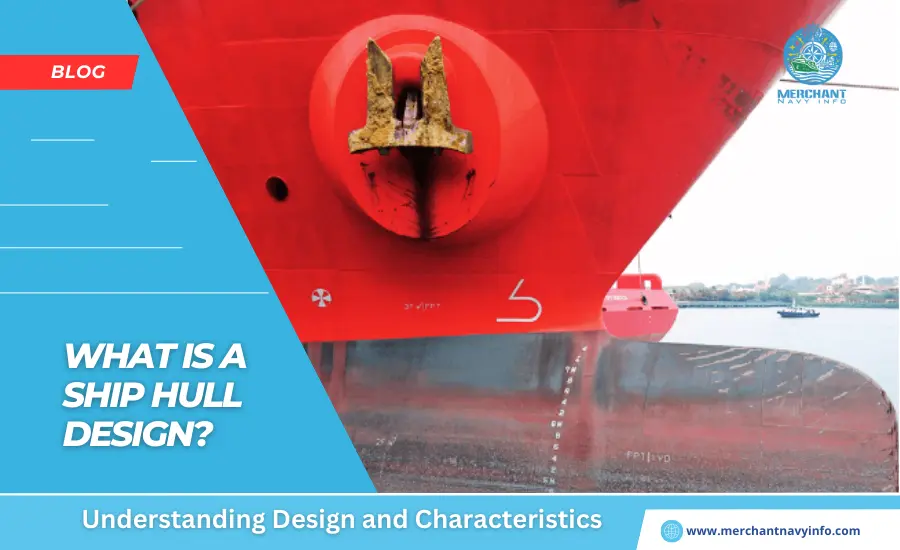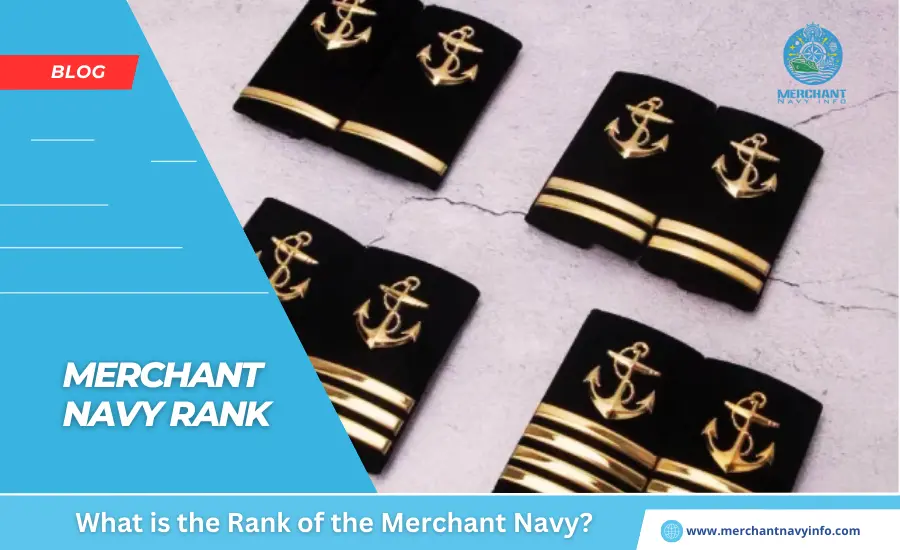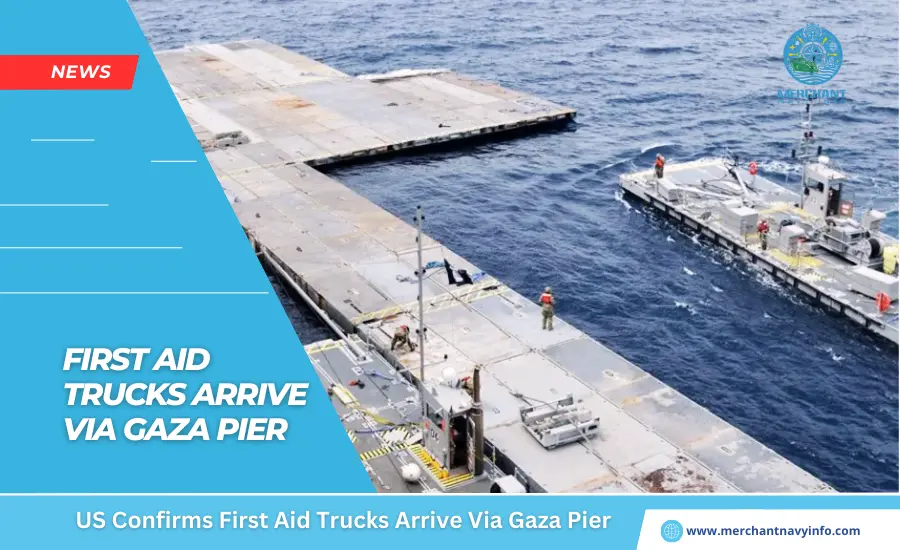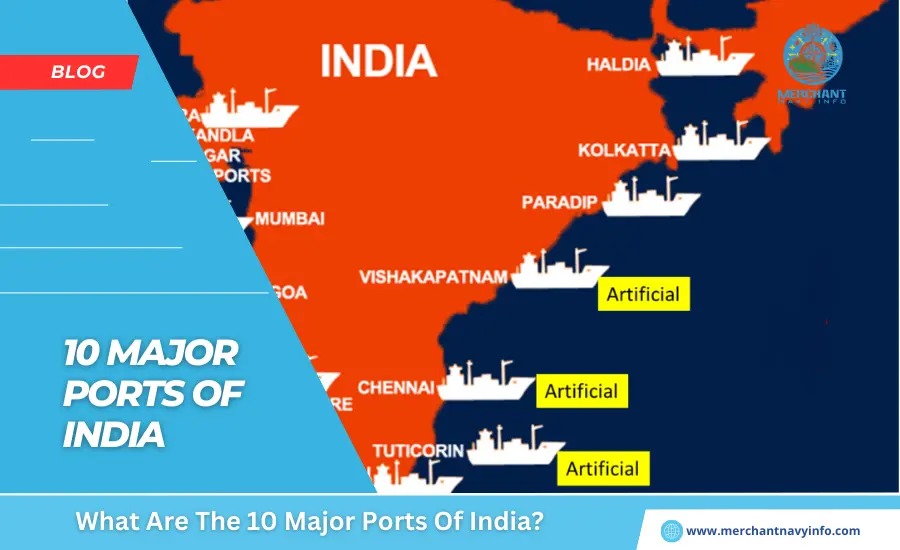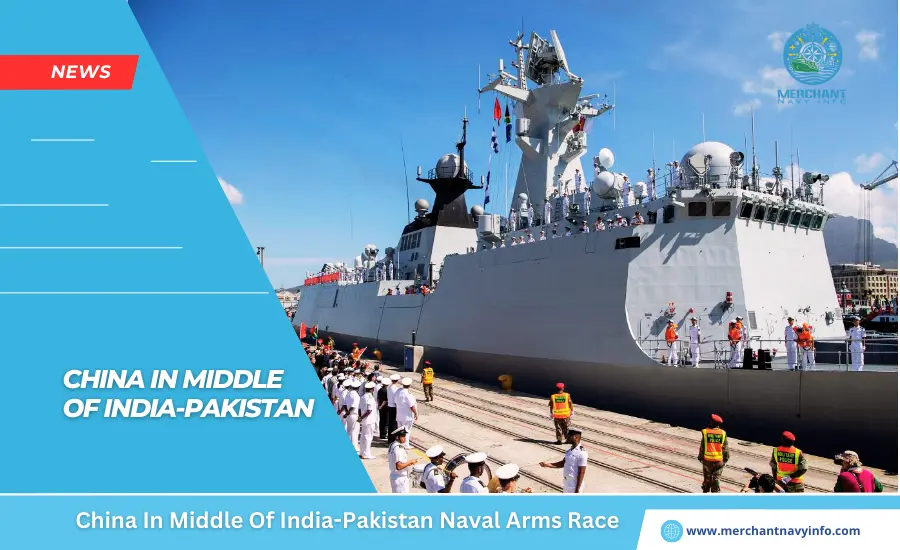
In a tit-for-tat Indian Ocean arms race with China prominently in the middle. Pakistan has recently launched its first Hangor-class submarine. At the same time, India has tested a next-generation anti-submarine warfare (ASW) weapon to target such vessels.
China Shipbuilding & Offshore International Company Ltd (CSOC) and Pakistan signed a project during President Xi Jinping’s visit to Islamabad in April 2015. The visit resulted in the development of a new submarine, as reported by Naval News. It will feature state-of-the-art weapons and sensors to engage targets at standoff ranges.
Hangor-class submarines are an export variant of the People’s Liberation Army-Navy’s (PLA-N) Type 039B Yuan-class submarines. Pakistan signed a contract for eight submarines from China in April 2015. Four were built in Pakistan’s Karachi Shipyard & Engineering Works Ltd (KS&EW), and the other four were produced in China. The initial plan was to deliver eight boats between 2022 and 2028, although the first submarine was launched in 2024.
The Pakistan Navy must still provide details about submarine subsystems or specific weapon systems. In terms of dimensions, they will be 76 meters long and displace 2,800 tons, making them slightly shorter but heavier than the original S26 submarine, an export version of the Type 039B originally intended for Thailand.
Pakistan would acquire a significant deep strike capability if the Hangor-class submarines were equipped with Babur-3 submarine-launched cruise missiles (SLCM). However, the boat’s weapon systems have not yet been officially confirmed.
This month, Naval Technology reported that India’s Defense Research and Development Organization (DRDO) successfully tested its Supersonic Missile-Assisted Release of Torpedo (SMART) system. It is not to be outdone by its longtime rival.
A Nuclear Shadow in the Indian Ocean
SMART is a medium-range, canister-based ASW missile system with a lightweight torpedo as its payload. It has a range of 643 kilometers and can be launched from ships or a coastal battery. The system uses a two-way data link connected to airborne or ship-based submarine detection and identification systems.
The disparity between Pakistan’s and India’s naval forces makes it necessary for Pakistan to prepare for an asymmetric war at sea. India has two aircraft carriers, 12 destroyers, 12 frigates, and 16 conventional attack submarines (SSK). Along with two nuclear ballistic missile submarines (SSBN), Pakistan is at a significant numerical disadvantage.
That forces Pakistan to rely on asymmetric naval tactics and incentivizes the development of a sea-based nuclear arsenal to offset India’s advantages.
In a May 2018 article for the Observer Research Foundation (ORF), Abhijnan Rej notes that Pakistan’s deterrence approach centers on using tactical nuclear weapons to offset India’s conventional military superiority.
Rej observes that Pakistan’s “full spectrum deterrence” concept includes the Babur-3 SLCM as a survivable sea-based component. It combines low-yield tactical nuclear weapons with strategic nuclear weapons. Such as the multiple independently targetable re-entry vehicle (MIRV)-capable Ababeel medium-range ballistic missile (MRBM).
The strategy aims to blunt India’s “Cold Start” doctrine. It seeks to seize Pakistani territory and forestall a possible Indian counterforce strike aimed at destroying Pakistan’s nuclear arsenal.
Pakistan’s new Chinese-designed submarines may indicate an emerging “threshold alliance” between China and Pakistan, with the Indian Ocean as its focal point.
In a March 2023 United States Institute of Peace report, Sameer Lalwani notes that threshold alliances are less than formal treaty alliances but more advanced than usual defense cooperation agreements.
Lalwani explains that threshold alliances invest significantly in dormant military capabilities that they can use after a critical political decision.
Growing Threat to India’s ASW Capabilities
Such a relationship, he says, often entails capability aggregation, burden-sharing, geographic access, and power projection. He notes that threshold alliances may have the same impact as nuclear latency through their ability to assure, deter, or apply leverage in crisis bargaining.
Lalwani points out that the China-Pakistan military partnership has deepened significantly over the past decade, with China becoming Pakistan’s leading supplier of conventional weapons, strategic platforms, and high-end offensive strike capabilities.
He mentions that sharper US-China competition, India-China border skirmishes in the Himalayas, and the disastrous 2021 US withdrawal from Afghanistan are all significant factors in China’s push to establish overseas military bases and enhance strategic cooperation with Pakistan.
Lalwani mentions that China and Pakistan have increased the tempo and complexity of their military exercises, noting that their increasingly compatible arms supply chains and networked communications systems have allowed the two sides to aggregate their defense capabilities.
Significantly, that may benefit combined China-Pakistan submarine operations in the Indian Ocean. In January 2023, Asia Times noted that the maritime region is attractive for PLA-N operations compared to the Western Pacific, which the US and Japanese navies patrol heavily.
China’s naval base in Djibouti is aiding its regional operations, with Gwadar in Pakistan a potential base for Chinese submarine operations. Its hydrographic and surveillance ships and underwater drones are also increasingly present in the Indian Ocean.
These activities indicate that China is mapping the underwater terrain and passages for future submarine operations.
Additionally, China’s growing presence in the Indian Ocean threatens India’s sphere of influence. It could compromise India’s Exclusive Economic Zone (EEZ), as witnessed by China’s activities vis-à-vis rival claimants in the South China Sea. Such Indian Ocean deployments may involve surveillance of Indian naval assets and ships in the Bay of Bengal and the Arabian Sea.
ASW Capability Patch Amid Submarine Delays
India’s SMART missile test may mark a substantial step in plugging gaps in its ASW capabilities, given setbacks in its submarine program and a shortage of ASW-capable ships.
In a November 2023 article in the peer-reviewed Journal of Asian Security and International Affairs, K G Ramkumar and Prakash Panneerselvam note that the Indian Navy’s conventional submarine fleet is aging. Most ships are over two decades old, necessitating a new focus on acquisition.
The Indian Navy’s fifth Scorpene-class submarine, Vagir, was launched at the Mazagon Dock in south Mumbai on November 12, 2020. Image: Indian Navy
Ramkumar and Panneerselvam point out that India’s 30-year submarine-building plan has faced delays. Particularly in Projects 75 and 75I, which have impacted the timely acquisition of new boats. They also point out that India cannot design conventional submarines alone. Despite its ability to build SSBNs with high indigenous content.
Moreover, Naval News reported in June 2023 that India is building 16 ASW Shallow Water Craft corvettes. The project has faced delays due to supply chain issues. Particularly in sourcing imported engines from an unspecified European country due to export-related problems of some subcomponents.



